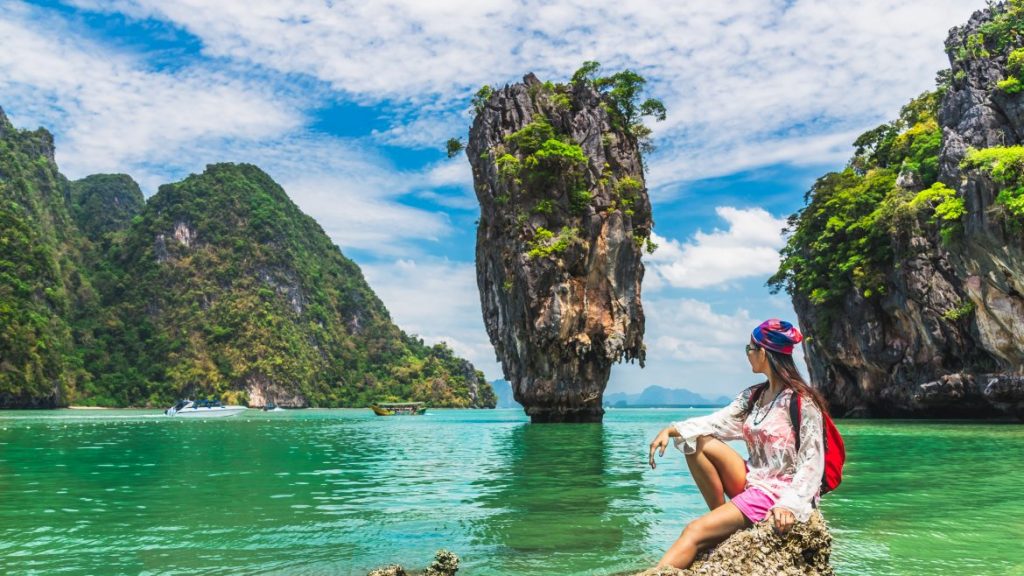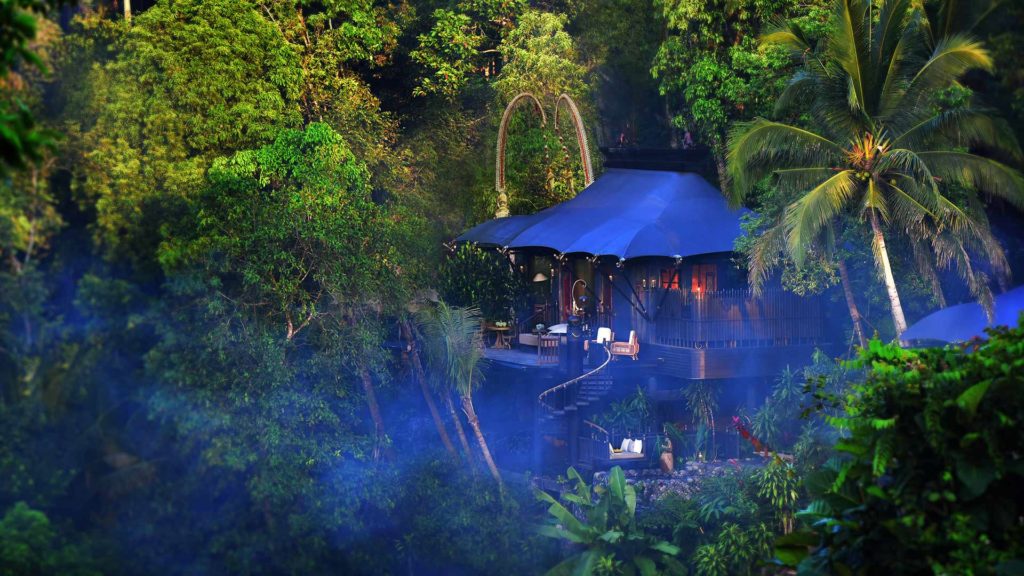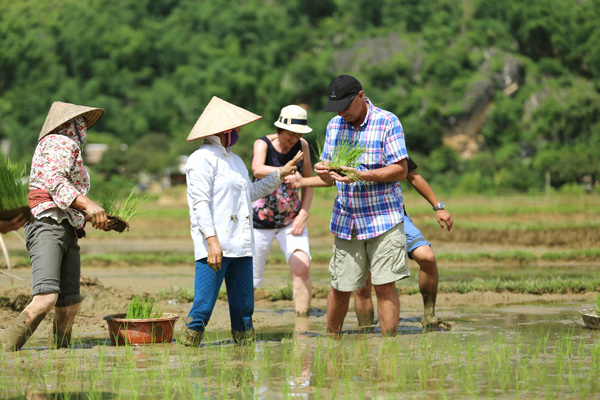In this fickle world where everything constantly shifts from time to time, no industry remains the same without trends and innovations. The tourism industry is no exception. New travel trends are involving and appearing every day. Have you ever wondered how the new travel trends will be like once the Covid-19 is gone? If you want to know the top 7 new tourism trends:
1. Destination Trends:
Due to fears that the epidemic will affect their trips, tourists will choose open destinations declared as “green zones” for Covid-19, with a commitment to “air travel”. The so-called “tourist bubble” is a new concept of a safe, controlled form of travel conducted between two certain destinations. In addition, resorts with certificates of safety measures against Covid-19 will bring confidence to tourists. A planned travel bubble between Singapore and Australia is “more likely to happen” towards the end of 2021, said Australian Minister for Trade, Tourism and Investment Dan Tehan. Several months ago, Some countries in Southeast Asia also discussed the travel bubble in the area.

2. Planning and Booking Trends
European travelers often planned their trip and booked services long before their departure. However, in times of uncertainty, shorter booking timeframes will help mitigate the risk of travel policy changes and mobility restrictions. They tend to wait until the last minute to book accommodation, as they perceived it would be harder to cancel and get a refund for hotel bookings than flight tickets. To adapt to the “shorter timeframes” trend, tourism enterprises have changed booking terms and conditions towards flexibility. With rapidly changing travel policies and regulations, allowing travelers to change hotel reservations or flight tickets at no extra charge seems the only way to give travelers a nudge to book confidently.
In times of disruption and uncertainty, travelers are in dire need of an invaluable source of information to keep informed of the latest coronavirus news. Covid-19 underlines the critical role of travel agents, they not only sell tours and events like before but also have fountains of knowledge and information. Travel agents respond to all requirements since they offer travel advice, implement the best flight plans, provide the latest news on health and safety standards, and help tourists cancel and get a refund for flight tickets and hotel bookings.
3. Transportation & Accommodations Trends:
Travellers prefer private transportation without sharing with others. If they can choose, they will move around by car/train instead of taking a flight.
– Guests tend to choose separate resorts which are far from the center or hideaway hotel lists. The reason is that they want to have their own time to take a rest and relax with their family
– The young travellers trend to choose hotels which are equipped with contact restriction to avoid socializing with others during the epidemic.
– The hotels/ resorts need to ensure the protection standards such as cleaning, disinfection, designing private places for serving eating or distance socialize for travellers.
– Customers tend to want to stay longer at the place of stay because of the spread of disease and the services at the accommodation also need to be diversified. Each property can also be viewed as a destination for guests to explore.

4. Slow Travel Trends:
Slow travel could become the next big tourism trend, according to data and analytics company GlobalData. This is due to a combination of pent-up demand for immersive travel experiences with no set time limit, and tourists opting for longer stays due to many being able to work remotely.
Slow travel refers to when travellers spend longer in a destination, prioritising connecting with local people, culture, food, and music. According to GlobalData, this makes slower travel more sustainable for the environment and more profitable for local communities.

5. Nature and Wellness Activities Trends:
In the viral age, the quest for improved health and immunity will be a powerful motivation for tourists globally, who will be seeking out places that boost their wellbeing. The travellers tend to need their holidays which combine the natural and healthy activities. Instead of traditional sightseeing tours, they prefer soft adventure activities to explore nature such as cycling, trekking through the tropical forests, diving in the sea. Southeast Asia is known well for the most breathtaking scenery, beaches and islands. It will be an ideal destination for designing any outdoor activities in nature. Besides physical activities, travellers also need programs that help them to recover their mental health. Therefore, wellness and retreat programs are a growing trend in tourism in the future. The hideaway resorts specialize in organizing wellness and retreat activities always attract travellers. The travellers tend to seek “the off beaten track” places to discover.
6. Size of Travellers:
Solo travel will become a new normal in the next couple of years. While some people are still enjoying going with a big group with friends or family, some are choosing to be on their own. Besides, due to the new social practice that tells people to avoid the crowd, it is no surprise to see more and more people enjoy some lone times. If travellers go following the group, the size of the group will be small from 2 to 4 people.

7. Responsible Travel:
According to the International Ecotourism Society, ecotourism is “responsible travel to natural areas that conserves the environment, sustains the well-being of the local people and involves education”. It takes many forms and has been a type of travel that has grown in popularity over the past decade.
In the wake of the pandemic, people will be thinking far more carefully about the way they travel and seeking out hotels and companies that are doing everything they can to minimise their impact on the planet. We can also expect accreditation to gain prominence, as consumers look for reassurance from legitimate “eco-tourism” and “carbon negative” certifications.
